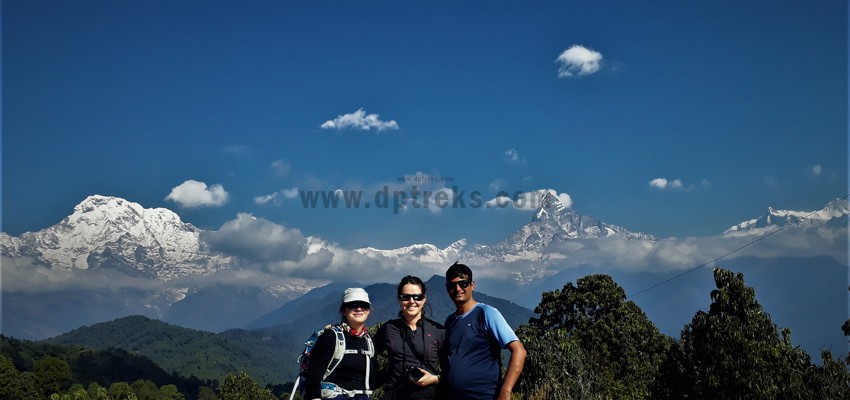Everest Base Camp Trek is undoubted, the most reputed and best trekking destination ever. This is one trek that beats up all the remaining treks in the world in uniqueness and adventure. Everest Base Camp trek has it all; sheer beauty, highest mountain massifs, unique trails and culture; and amazing people with their unique lifestyles. 360° view of the world’s most mesmerizing view always awes your eyes.
This trek attracts many trekking and adventure lovers from all over the world and we know you are also one of them. Like mountaineering, the safety of trekking also depends on the weather and climatic condition. If it goes wrong, it can definitely turn this trek into a horrible experience and can put your life at risk too. You might be wondering which is the best time for the Everest Base Camp trek to have the best trekking experience.
We have experience of over a decade, have led thousands of trekkers to EBC, and have done it in all seasons. We cannot deny the fact this area is blessed by the weather god. This region always manages to showcase its charm in all weathers. However, many external facts like the busyness of routes, availability of guided tours, availability of foods, and accommodations in different weather can affect the trek.
High Season of EBC Trek
March-May

Simply, spring is the peak and most favorable season to go on trekking in Nepal. This is the season of colors as the colorful landscape gets flanked by colorful blooming rhododendron forests. In spring, the weather will be at its kindest. Also, the most vibrant region with a clear sky portrays the best panorama of the mountain giants and surrounding landscapes. You could get welcomed with a snow shower if you get lucky enough. You will likely come across mountain climbers, summiteers as most of the Everest Summits occur in this season. It’s never boring to be accompanied by them. It’s the peak season for trekkers and climbers so it’s better if you book accommodation in advance. The quality of food and accommodation will be excellent. So, we can definitely consider this season as the best time for the Everest base camp trek.
September-November

Clearer views of world-class mountain massifs with less haze and cloud are the characteristics of this particular trekking period. The trend usually follows the same pattern but it’s not always the same case. The autumn starts with the end of the monsoon which means no rain. The days will remain neither hot nor cold making the trek smoother. The temperature of this region varies from 20°C (in days) to -10°C (in the night). It’s also a peak season for trekking and mountaineering so it’s better to book your accommodation in advance.
Low Seasons of EBC Trek
June-August

Rain, rain, and more rain. Trekking in the monsoon around any of the trekking areas will be challenging. The torrential rains lower on the trails increases the difficulty of the trek. The terraces and trails in this season will be slippery, muddy, and wet. In this season, the average rainfall of 500-550mm makes the environment hot and humid but greener. The temperature of this region varies from 10°C (in days) to -2°C (in the night). Monsoon is considered off-season so you can expect a discount on food and accommodation. The teahouses will be easily available.
December-February

Trekking in Everest Base Camp in winter is extremely harsh. The weather cannot be predicted as it can change from sunny days to a snowstorm. The days in this season are shorter which leaves us with a short time period for trekking. The temperature keeps changing as it decreases up to -10°C to -15°C at night. If you can endure extremely cold conditions, you can be rewarded with the best-unobstructed mountain visibility. It is also considered off-season so you can expect a discount on food and accommodation. Being well prepared and well informed, you can get the best trekking experience in this season.


